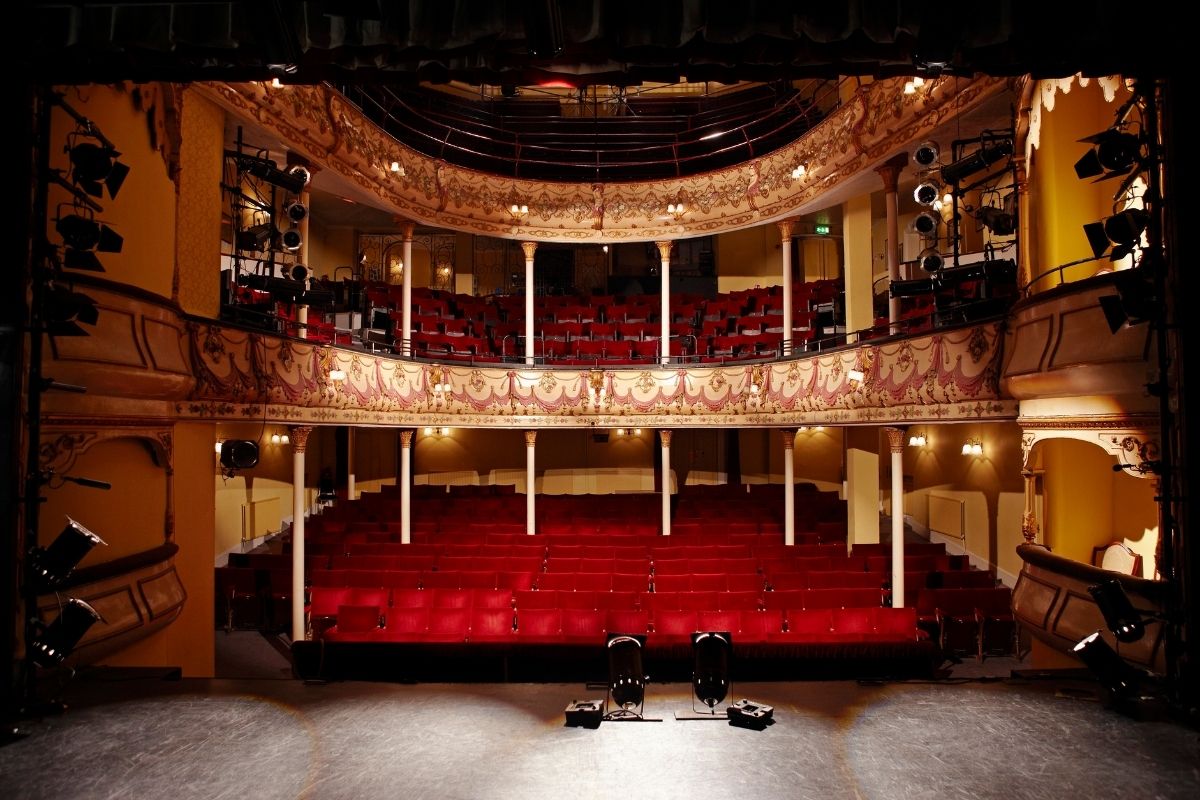The Differences Between Dance Genres and Their Histories

One thing covered in performing arts education is the different types of dance. So, what are some of the different genres of dance? For this type of thing, it helps to speak in very broad categories, just to let people know what ballpark you’re talking about. And perhaps the form of dance that most people might have heard of is ballet. Ballet emerged out of the courts of Europe, and it’s certainly strange to think of a modern-day president doing plies and tendus. But it did, in fact, start in the courts of France, as the nobles would dance with each other and spread gossip while they were dancing.
It was all about seeing and being seen, and it was also a form of exercise. It became codified in places like France, which was the cultural capital of Europe in the 17th and 18th centuries. But ballet is a very codified form of movement in which there are five possible positions of the feet—each of which has a name and both a correct and incorrect way of doing it. You learn those sequences, and you find that it favors a certain type of body. You need to have a certain rotation from the hips, and you have to have a certain type of flexibility, and your feet even need to point a certain way.
Another form of dance is jazz dance, which emerged in America corresponding with jazz music, although it has departed since then and is more presentational. Jazz dance is also more entertainment-focused. It lends itself very well to musical theater. It emerged, in many ways, as a synthesis of Afrocentric dance forms and African dance forms, as well as Irish sensibilities of rhythm and even a relationship with tap dance.
With jazz dance, you move parts of your body independently at different rhythms, and it’s also very much character-driven. There are names of steps with jazz dance, as well. There are famous choreographers and styles of jazz, ranging from very lyrical and resembling ballet, to others that seem much more urban.
As for hip hop dance and related forms such as krump, pop-locking, and others come out of the experience of youths in American cities, and that typically has a very strong relationship with popular music, culture, and fashion.
Another is modern dance, and it emerged out of trends in America, as well as Europe in places like Germany. Modern dance is very much a rejection of ballet, in which it asks why we only need five positions of the feet. It asks why we need to wear shoes, why we need to dance to music, or certain kinds of music. If you were to imagine that you were born on a desert island and nobody had ever taught you how to dance, how would you dance? It’s very much about finding the patterns and finding your own movement preferences. Modern dance also tends to be very much influenced by the choreographer—influenced by the way that they move, as well as the influences that they have.
So, those are a few of the more well-known dance genres, what they entail, and how they originated. You can learn much more about dance and other performing arts-related topics by exploring the world of online performing arts education.

